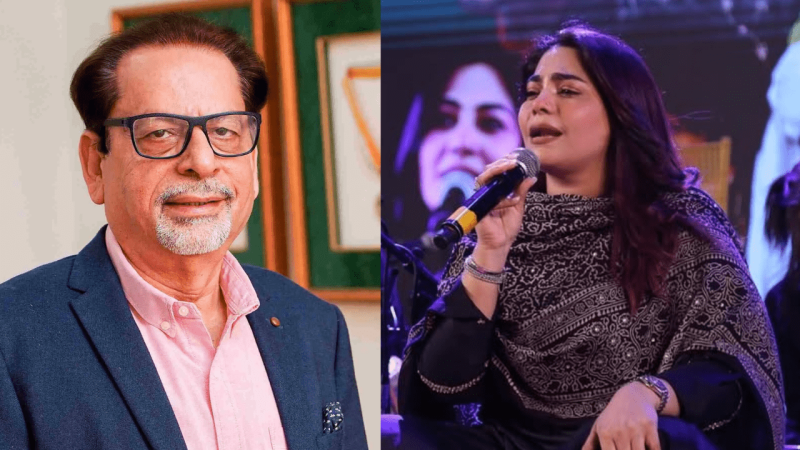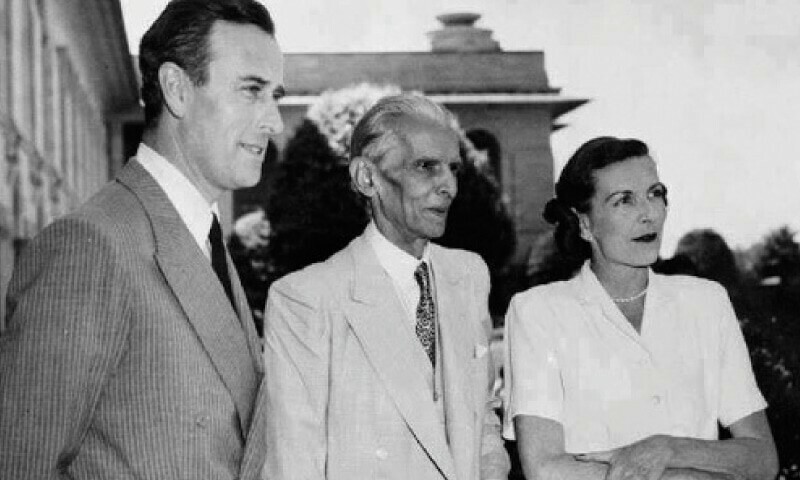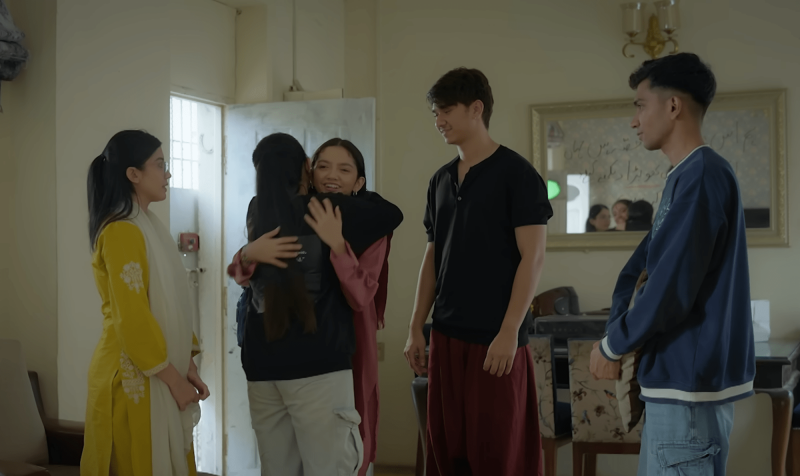Review: The River’s Daughter at NAPA is theatre with a cause
The theatre is the only space where the social and intellectual best will let you lock the door, sit in the dark together with strangers and listen to stories that illuminate who we are as a people.
Such was the evening when the National Academy of Performing Arts (NAPA) lit up the Zia Mohyeddin Auditorium in Karachi for The River’s Daughter (Darya Ki Beti), a collaboration between the Islamabad-based ALL4ONE and Yasmin Whittaker-Khan’s Insaan Culture Club, presented under the Gender Ecologies Programme in partnership with the British Council. The play is running from May 25 to May 31 and has so far had a full house each day it was presented.

Directed by writer/actor Kulsoom Aftab and written and produced by Arieb Azhar, the play’s co-producer and UK partner is Whittaker-Khan, who also plans to carry the play to the UK shores for dramatic readings and better outreach.
The plot
A journey through the ecosystem versus mankind, The River’s Daughter transported the audience to a delicate universe surrounding a river, exploring the impact on the lives of the people residing in a goth (small village), and tackling the pertinent subjects of ecology, economic exploitation, permaculture, and climate justice.
The play features actor and model Amna Ilyas as Marui, a charismatic, educated young woman defending her village against a mega real-estate project, and Fawad Khan as Umar. It brought back the feeling of why the tale of Umar-Marvi is still alive in the hearts and minds of people today.

This is a tale — lyrical and brutal in equal measure — of growing up amid poverty in a village near a river. The stage opens to a colourful musical rendering by a troupe from Sindh and Balochistan. The struggle begins when a company intends to construct a riverfront urban project, with all the amenities — including a golf course, mega project apartments and suites, restaurants, educational facilities, and healthcare for the villagers — where the very villagers reside, offering a handsome Rs1 million per acre. The land is not very fertile and the fishing business seems to be dwindling due to pollution but the villagers perceive it as land belonging to their beloved ancestors being grabbed by the construction/builder mafia in the name of ‘economic development’.
Umar is the managing director of the project, while the middleman is Pir Tota Saen (Arieb Azhar), a shrewd opportunist who goes to any length to meet the commitment of the company with his personal gains as the bottom line.

As the audience oscillates between the emotions of the villagers and the practicality of the project, one can easily come to a decision when Marui says “Relocation of the villagers from the village to the sea means deteriorating both land and the sea.” Another dialogue that hit hard was when Marui refers to Tota Sain and says, “Angrez toh gaya he nahe. Sirf rung badla hai, zehniyat nahin [The British never left. The colour may have changed but the mindset didn’t].”
Final verdict
Marui was marvellous! Although it was Ilyas’ theatrical debut, she picked up the nuances of the live movements perfectly. Fawad did justice to his role as a conflicted character, being pulled from both sides. The set design was spot on with colourful, traditional costumes of the village juxtaposed with the cutting-edge corporate attire necessitated by the commercial minds. Sheema Kirmani’s dance and the musical troupe stood out, intermittently breaking the seriousness.

The River’s Daughter proved that actors’ and theatre audience’s heartbeats were perfectly synchronised. I wish this was done much earlier, during the life of Zia Mohyeddin, as the perfect nuances of the language and accent were clear reminders of the flawlessness he demanded.
From an actor’s perspective, there is no more rewarding gift than feeling those hearts beat while eliciting laughter and gasps, sighs and sobs. No better high.
Meet the cast and crew
I met the cast and crew a week earlier. “The production took birth when I approached Yasmin as she has published experience of playwriting in the UK. I took the story of Umar-Marvi where Umar kidnaps Marui and takes her to his palace, but Marui wants the freedom of the dharti,” explained Azhar. “In my story, Umar is enchanted by local yet intelligent Marui, backed by his business interests. It is a relevant story in Pakistan as the agricultural lands are taken over by real estate, increasing the value of the land but making it less productive.”

Ilyas described her character as a strong woman who believes it is important to go back to the traditional methods to fertilise land and thrive in the community. “Her love for nature and dharti stands as a clash between Umar and her. In that process, who ends up changing, him or her? Such a strong-headed female role is what compelled me toward the script. Marui was a challenging character because it is my debut theatrical endeavour, more so as a traditionalist,” she said.
Whittaker-Khan says that the same story will be taken to the UK in July as a dramatic English reading with a smaller cast. “We are looking at inviting environmentalists, change activists, gender ecologists, and the diaspora communities to understand what is going on in Pakistan after the floods. We plan to cast Pakistani actors, as opposed to British Pakistanis/Asians to ensure the authenticity of the accent. The British actors, as good as they are, always carry an English twang when they speak,” she said.

“The important part is connecting Pakistani artwork with the UK because there is a treasure trove of talent but it’s not honed or explored by British organisations. The diaspora community needs to take some social responsibility in supporting it.”
The director, Aftab, said, “The beauty of this production is that we have onboarded folk singers and musicians. The script Arieb brought to me had finesse and layers. We developed it together as the story simmered.”
“Hakima (Maa) personifies water — life. She speaks like the conscience of the people to whom the land historically belongs. The ideas of modernisation without being indigenously rooted, don’t work out. I have been quite involved with climate change/justice, and gender equity so this play hit really close to my heart,” activist and dancer Sheema Kirmani said of her character.














